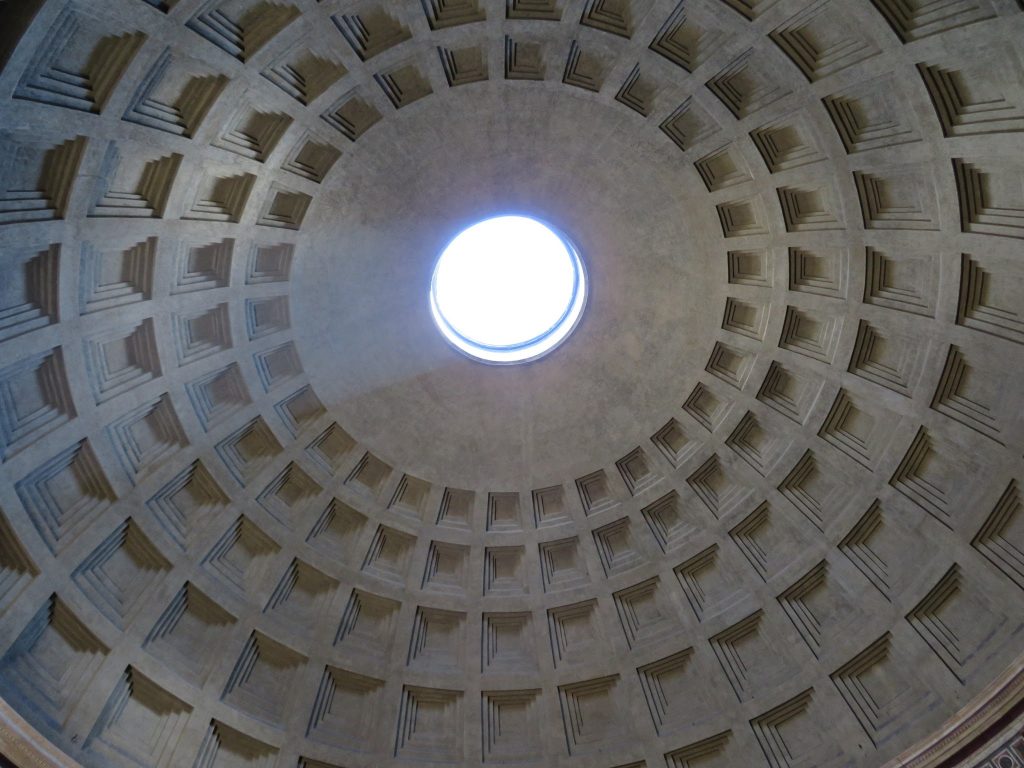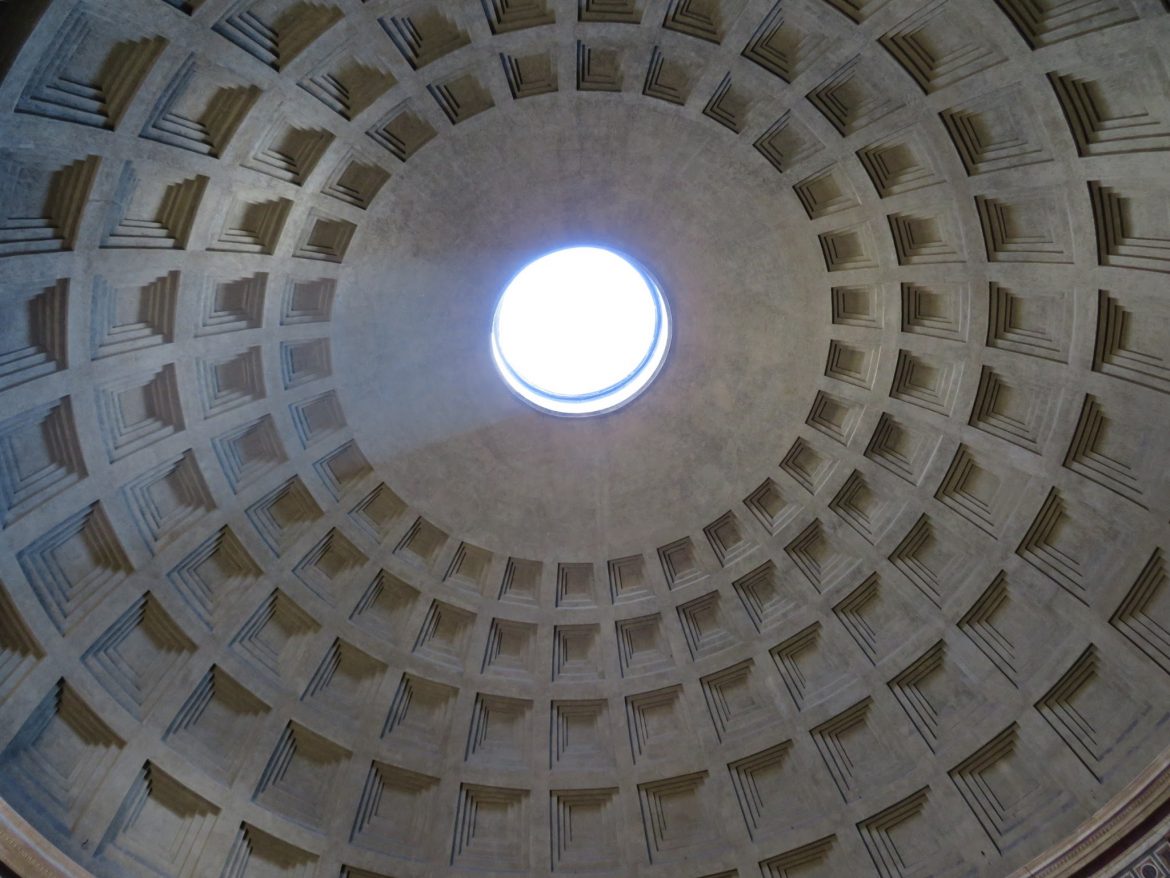Roman Concrete: The Building Block of Modern Architecture
Roman concrete was a revolutionary material that revolutionized architecture and construction. It was stronger, more durable, and more versatile than any other building material of its time, and it allowed architects to create structures that were previously impossible.
The Romans developed Roman concrete by mixing lime, sand, and volcanic ash (pozzolonic ash). The volcanic ash gave the concrete its strength and durability, and it also made it water-resistant. This made Roman concrete ideal for building in wet climates, and it also allowed the Romans to build structures that were much larger and more complex than anything that had been built before.
Some of the most famous examples of Roman concrete architecture include the Colosseum, the Pantheon, and the Pont du Gard. These structures are still standing today, and they are testament to the strength and durability of Roman concrete.
Roman concrete had a profound influence on architecture. It allowed architects to create structures that were previously impossible, and it helped to shape the look of cities all over the Roman Empire. Roman concrete is still used in construction today, and it continues to be a valuable building material.
One of the first structures to have been built of Roman concrete (opus caementicium) was the Sanctuary of Fortuna Primagenia at Praneste,(now Palestrina, south-east of Rome), which allowed the architect to shed the rectilinear in favor of the curvilnear form. Here, the Romans mixed Pozzolana, lime and aggregate to create an extremely durable material that would allow the formation of coffered ceilings, barrel vaults, annular vaults and various wall structures.
Maybe one of the least widely known, but perhaps one of the most important structures to take shape owing to the benefits of Roman concrete was the Domus Aurea. All of the decadence and extravagance of Rome was distilled into an enormous palace under or near what is now the Baths of Trajan and the Colosseum. Here, the dome, arch and vault were combined to create a house considered so extravagant, it was torn down after the death of Nero. The most important room in the house was the octagonal room, formed out of concrete with radiating alcoves and niches creating a sculptural effect of receding voids or negative space, while being illuminated with natural light from an occulus in the ceiling. This was a revolutionary design unlike anything seen before.
But why was the Domus Aurea so important? Mined for its marble and precious stone, the Domus Aurea was covered over and lay dormant for fourteen centuries until a Roman fell into a cave that turned out to be Nero’s house. Soon after, the likes of Raphael, Michelangelo, Lippi and other Renaissance masters were being lowered into Nero’s palace, where the treasures of Roman wall paintings and architecture were rediscovered.
Another structure, perhaps the most important and influential of any building ever conceived, was built with the benefit of opus caementecium – the Pantheon. This monument to “all of the gods”, is the longest continually used temple in the world. Its ingenious dome is as much of an ancient wonder as it is a marvel for us moderns to admire. The dome is of Roman concrete 43 meters in diameter. The coffered ceiling helps reduce weight of the dome and the concrete is reduced in thickness and weight towards the oculus.

Here are some of the key benefits of Roman concrete:
- Strength: Roman concrete is much stronger than other building materials of its time, such as stone and brick. This allowed the Romans to build larger and more complex structures.
- Durability: Roman concrete is very durable and can withstand a lot of wear and tear. This is why many Roman concrete structures are still standing today, even after hundreds of years.
- Versatility: Roman concrete is a very versatile material that can be used to create a variety of different structures. This is why it was used to build everything from the Colosseum to the Pont du Gard.
- A recent study by MIT outlines the “self-healing” properties of Roman Concrete and its ability to withstand the elements for centuries.
The influence of Roman concrete on modern architecture:
Roman concrete had a profound influence on modern architecture. It is still used in construction today, and it continues to be a valuable building material. Some of the key ways in which Roman concrete has influenced modern architecture include:
- The use of arches and vaults: Roman concrete was ideal for building arches and vaults, which are two key elements of many modern buildings.
- The use of domes: Roman concrete was also ideal for building domes, which are some of the most iconic structures in the world.
- The use of concrete in bridges: Roman concrete was used to build some of the first bridges, and it is still used in bridge construction today.
Conclusion:
Roman concrete was a revolutionary material that revolutionized architecture and construction. It is still used in construction today, and it continues to be a valuable building material. Roman concrete had a profound influence on modern architecture, and its influence can still be seen in many of the buildings that we see today.
